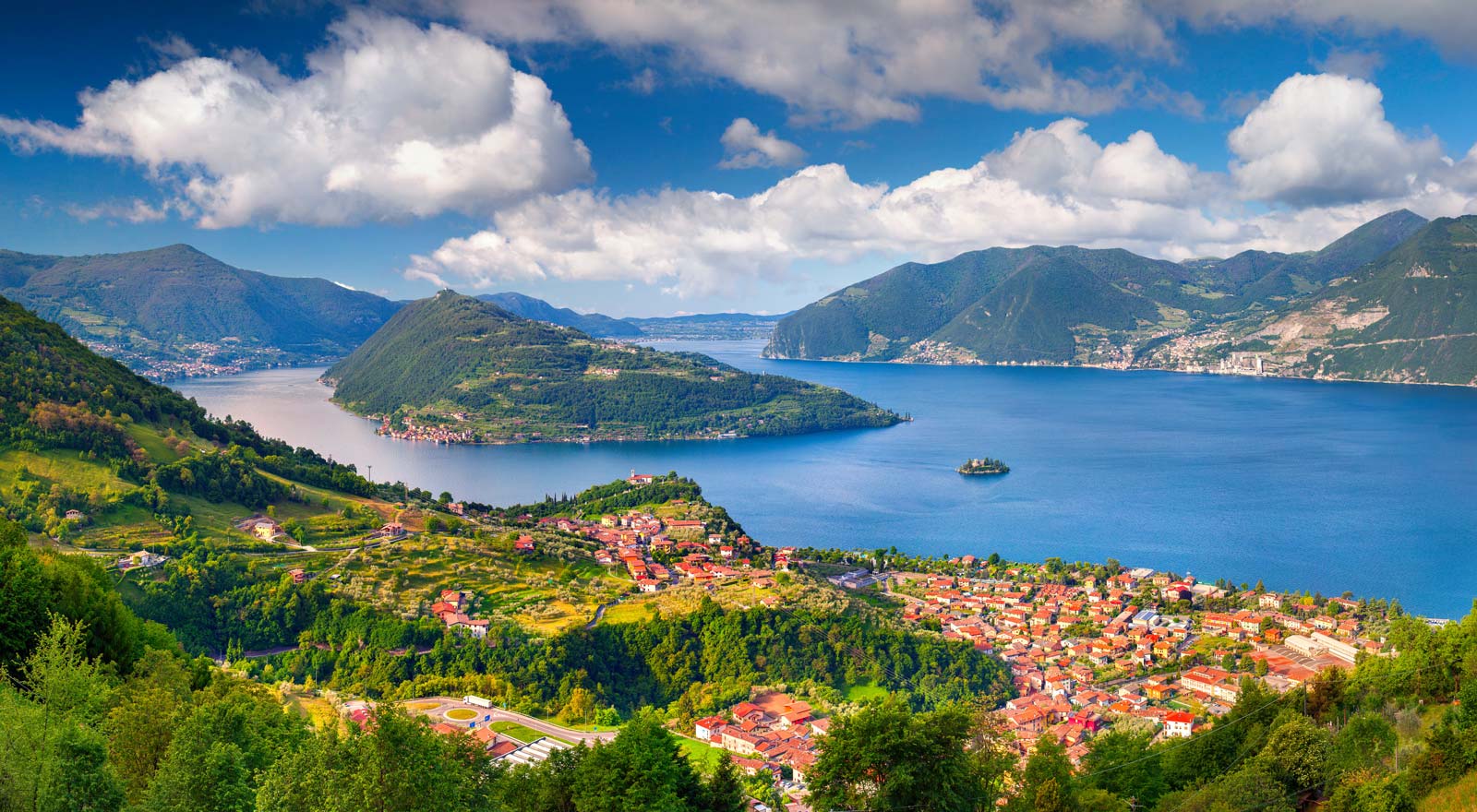Classic Routes
Whenever I start a guided tour, I always ask among those present what they know about Brescia and its surroundings. The answer is disheartening: nothing or little. AT this point, I give gently some inputs to them: “If I tell you Pope Paul VI? What do you say about the Mille Miglia? If I mention Beretta guns? Or the Camonica Valley, the first Italian site to be listed as a UNESCO World Heritage Site in 1979?”
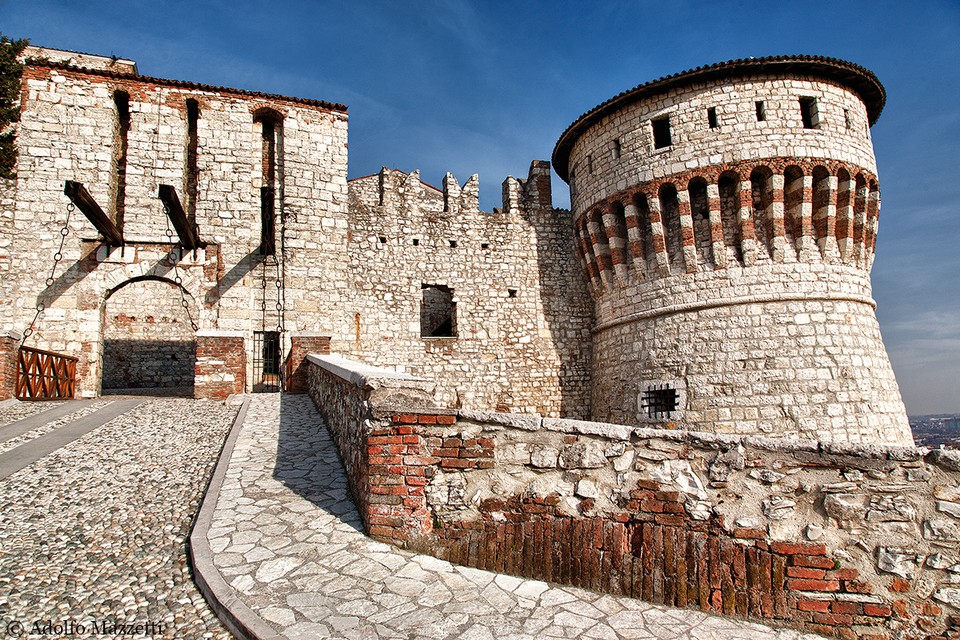
The castle of Brescia
The medieval castle of Brescia stands on top of Cidneo Hill, not far away from the city centre. It presents a massive and mighty presence that is already visible from the motorway. Its profile is marked by towers and ramparts which flanked the lateral slopes in order to defend the site. Later on, this fortress was reinforced by adding covered and uncovered tunnels.
The squares of Brescia
Let’s openly state that Brescia is not as unknown as we believe, but people should only appreciate its soul so pulsating which aims at/to internationality. After all, Brescia was the birthplace of pope Paul VI, who was known as the pope of artists. Furthermore, it is the city of engines, famous for “La Freccia Rossa”, and the Mille Miglia Race, which Enzo Ferrari claimed to be “the most beautiful race in the world”.
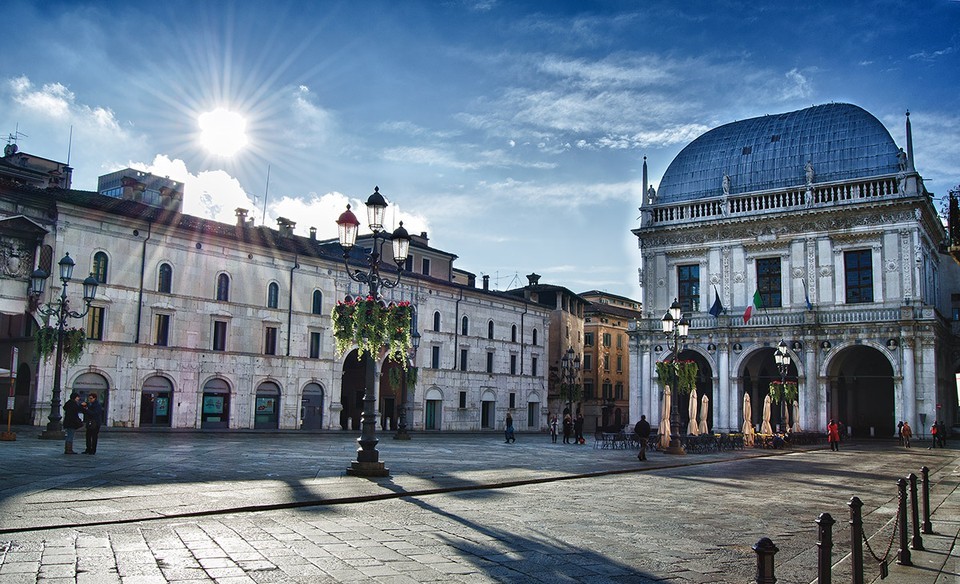
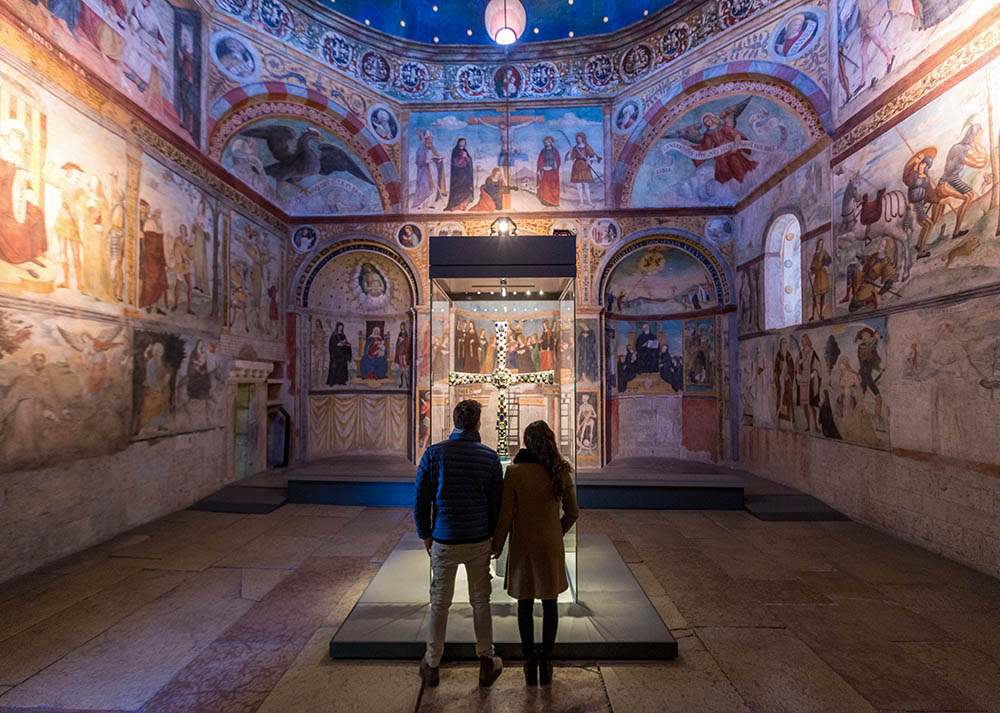
The Museum of Santa Giulia
The complex of Santa Giulia is composed of cloisters and three churches, San Salvatore, the Choir of the Nuns, and Santa Maria in Solario. The last one contains the precious gemmed cross of King Desiderius. These spaces are arranged at different heights, thus highlighting the evolutionary phases and stages of growth of the city’s construction up to today.
The Capitolium area and the new home of the Winged Victory
A distinct topic must be reserved for the Capitoline Temple, along with the famous Winged Victory (La vittoria alata). This story tells of a lucky artistic finding of artefacts that were unearthed in the Capitolium area and consisted of the bronze statue of the Winged Victory, together with six bronzed heads, all dated back to I Century A.C.
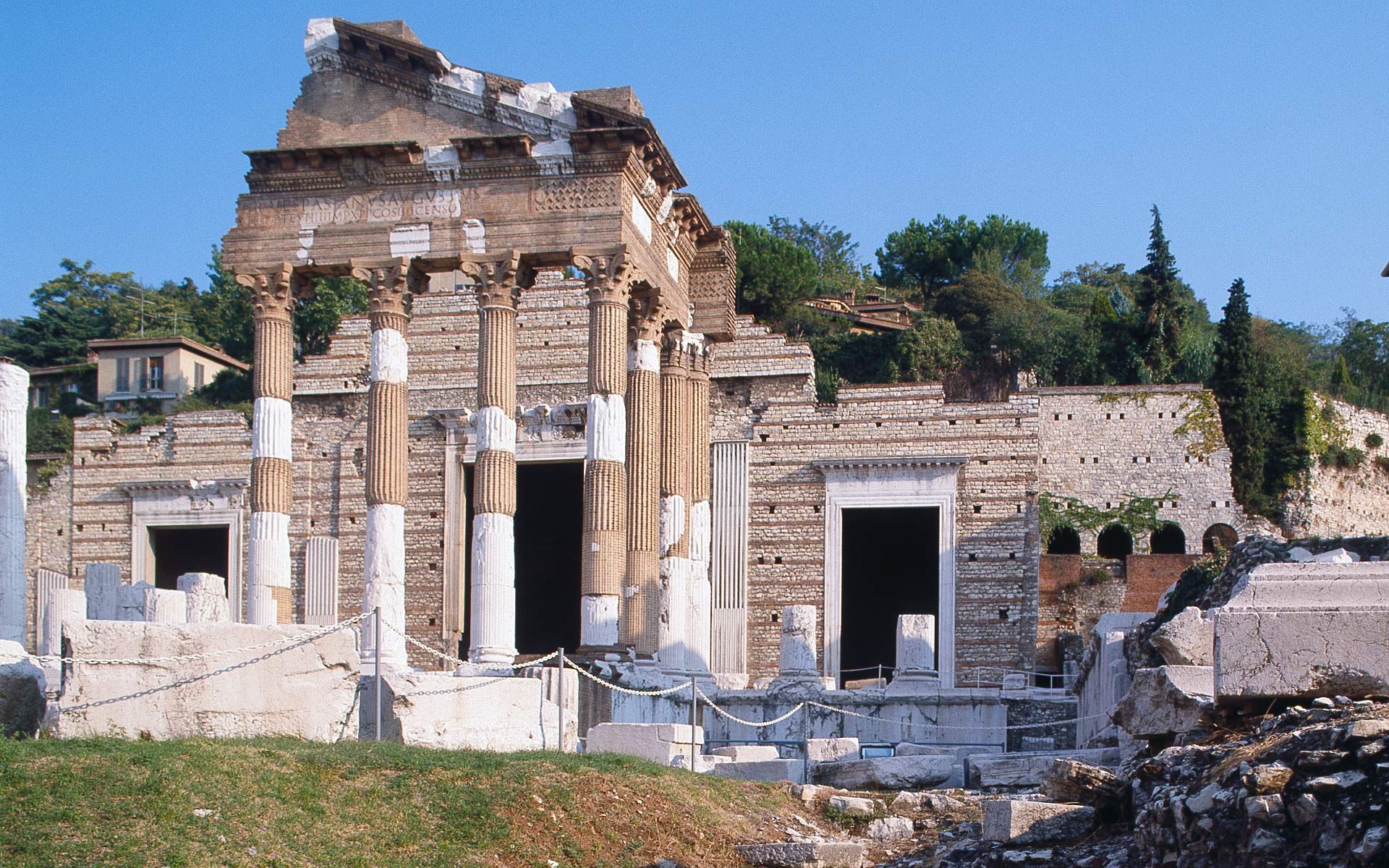
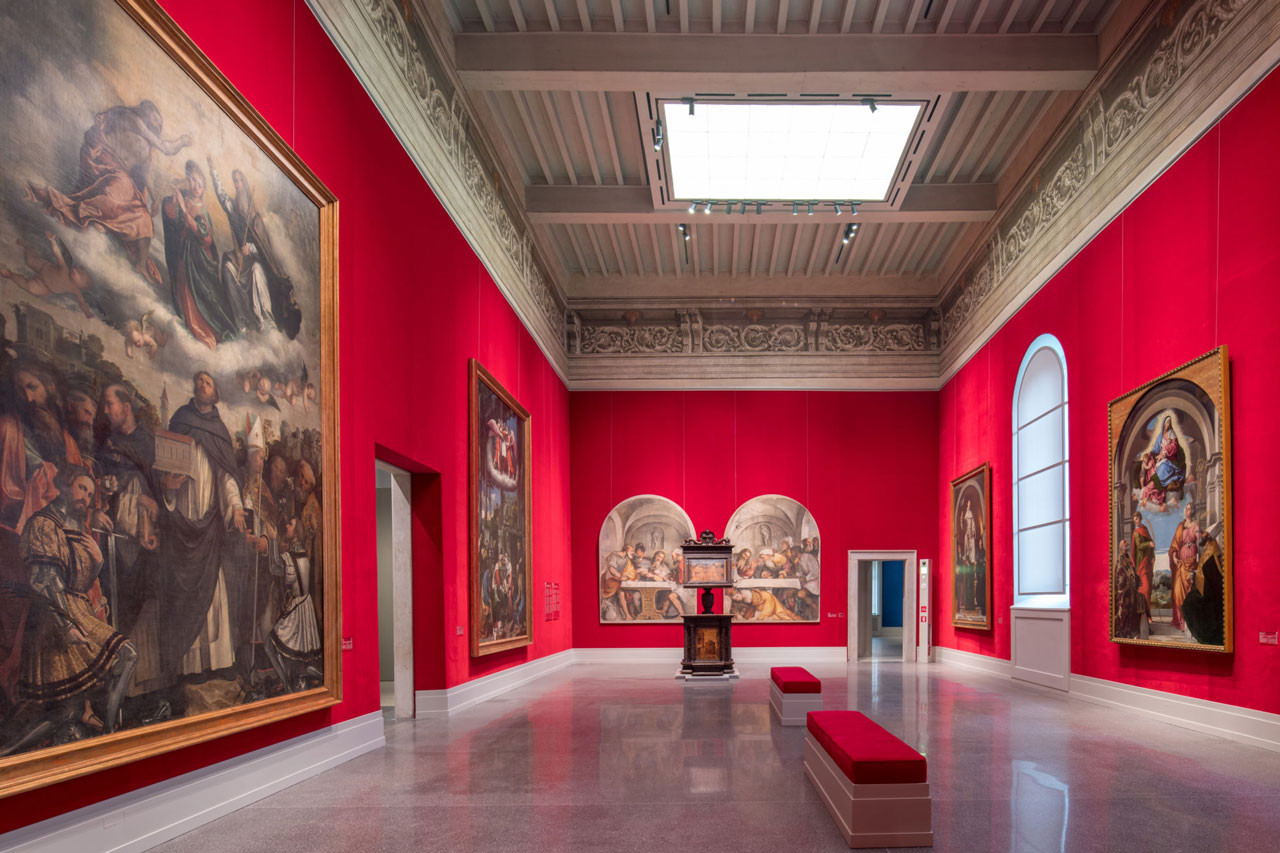
The Tosio Martinengo Gallery
How could one not lose his or her mind upon visiting the Tosio Martinengo gallery? This beautiful collection gallery has been enriched over time and mainly consists of works that were donated to the city by Count Paolo Tosio and Count Leopardo Martinengo da Barco. Later other benefactors bequeathed works in their possession to the Gallery so that it could enlarge its original nucleus.
The Carmine, an urban melting pot
On one hand, the Carmine borough has always been present in the collective imagination as a symbol of holiness related to the church of “Santa Maria del Carmine”, along with its cloisters and the convent’s layout. On the other hand, this corner represents licentiousness and devotion to transgressive pleasures.
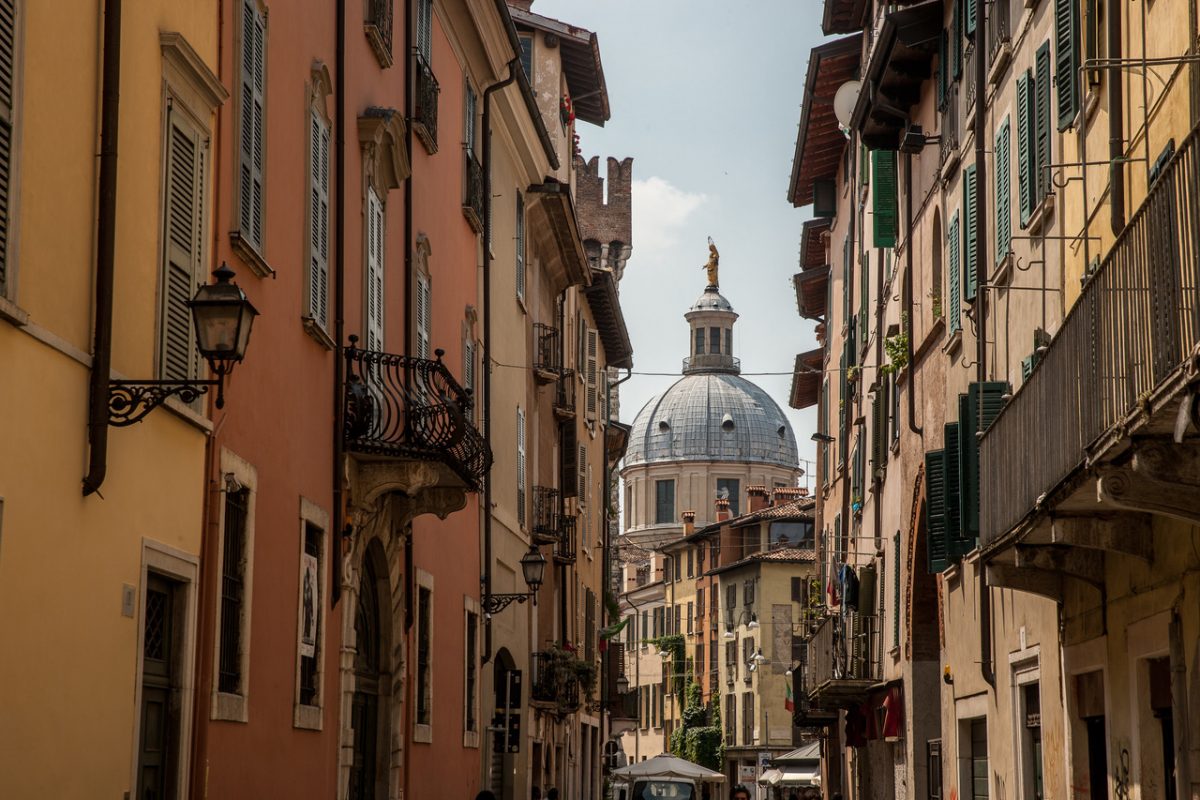
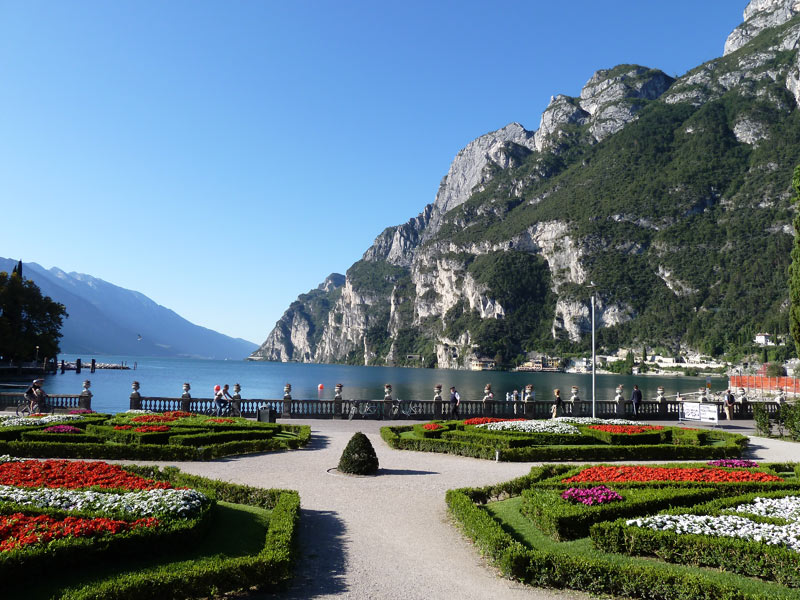
Lake Garda coast to coast
Lake Garda is the largest lake in Italy. Its water touches three regions, the norther side is on the border of the Trentino Alto Adige region, the western coast belongs to the Lombardy region, while the eastern coast pertains to the Veneto region. This area is affected by an endemic microclimate, with mild temperatures all year around, including in winter.
Lake Iseo, Valle Camonica and Franciacorta
Lake Iseo, known as Sebino, is the gateway to the Camonica Valley: its territory expands between the provinces of Brescia and Bergamo and its waters surround Montisola which, as the name itself suggests, is both a mountain and an island. This island holds the record for being the largest lake island in Europe. Since 1979, Lake Iseo is included in the Unesco Biosphere Reserve of the Camonica Valley
